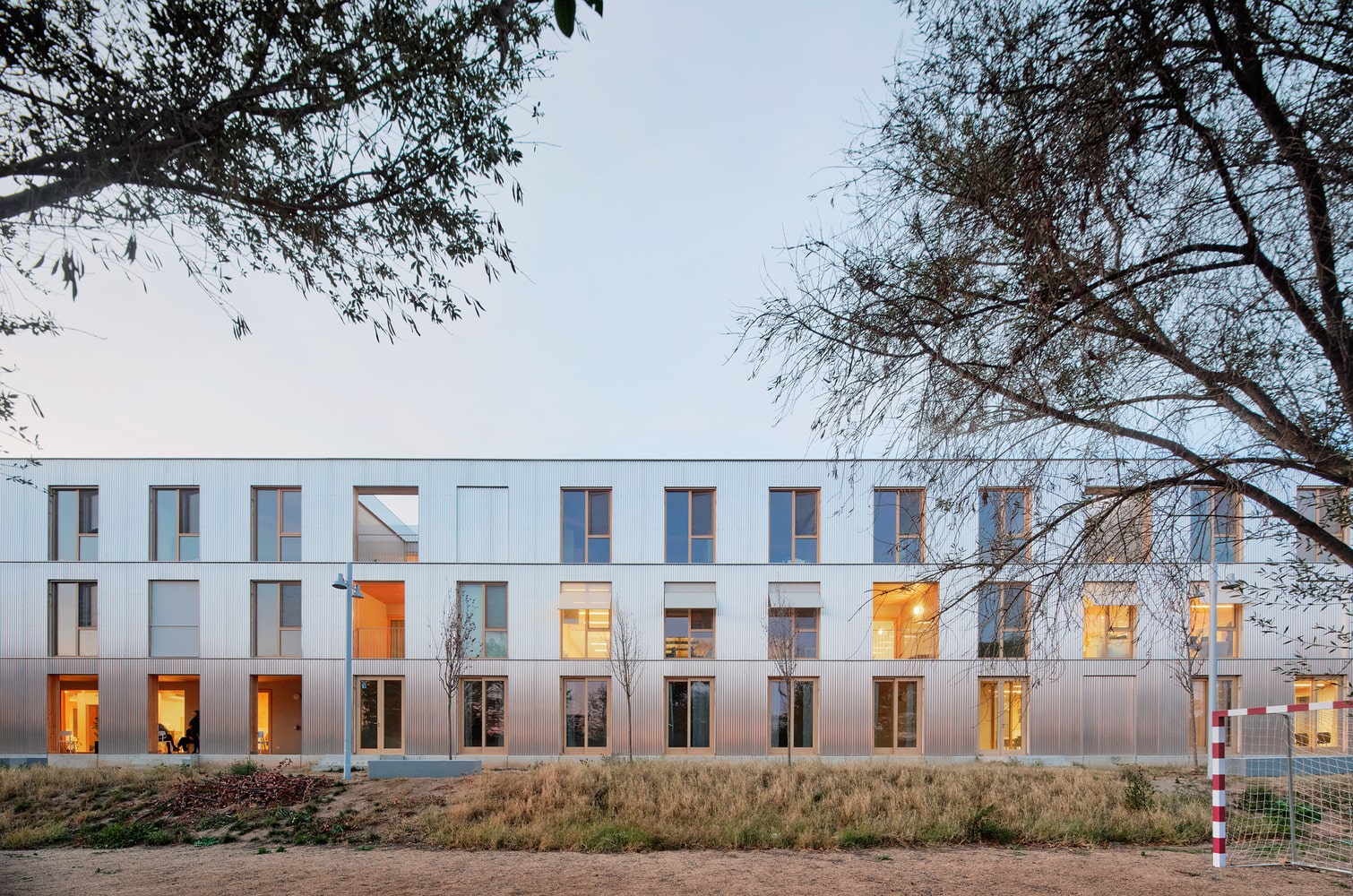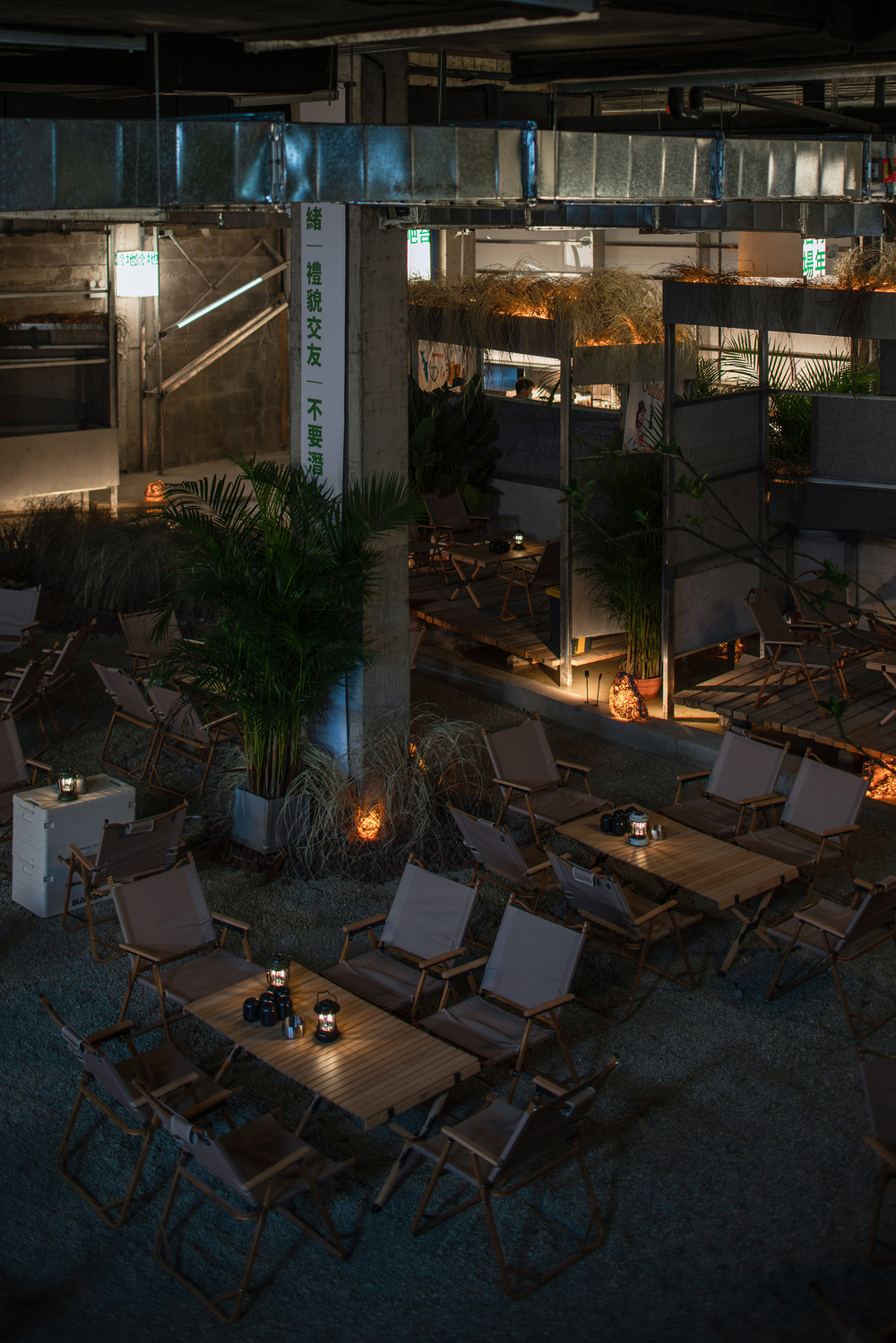- Home
- Articles
- Architectural Portfolio
- Architectral Presentation
- Inspirational Stories
- Architecture News
- Visualization
- BIM Industry
- Facade Design
- Parametric Design
- Career
- Landscape Architecture
- Construction
- Artificial Intelligence
- Sketching
- Design Softwares
- Diagrams
- Writing
- Architectural Tips
- Sustainability
- Courses
- Concept
- Technology
- History & Heritage
- Future of Architecture
- Guides & How-To
- Art & Culture
- Projects
- Interior Design
- Competitions
- Jobs
- Store
- Tools
- More
- Home
- Articles
- Architectural Portfolio
- Architectral Presentation
- Inspirational Stories
- Architecture News
- Visualization
- BIM Industry
- Facade Design
- Parametric Design
- Career
- Landscape Architecture
- Construction
- Artificial Intelligence
- Sketching
- Design Softwares
- Diagrams
- Writing
- Architectural Tips
- Sustainability
- Courses
- Concept
- Technology
- History & Heritage
- Future of Architecture
- Guides & How-To
- Art & Culture
- Projects
- Interior Design
- Competitions
- Jobs
- Store
- Tools
- More

Urban heat island (UHI), an iconic consequence of anthropogenic activities and climate condition, affects air pollution, energy use, and health in metropolitan life with rapidly growth of cities. Therefore, better understanding of the temporal dynamics of UHI is required for sustainable urban planning. To minimize the amount of heat islands effects, green infrastructures approach is not just a mean that is environmentally and socially sustainable but also cost-effectiveness and will easily implement.

Temperatures in the world’s cities are substantially higher than those of surrounding rural areas due to a phenomenon called the urban heat island effect. Urban heat islands form because many of our cities are made of dark, impermeable surfaces like asphalt that absorb heat, and lack enough green space. In addition, human activity and industry generate heat, and large cities block or slow down natural wind patterns. Taken together, these factors make our cities several degrees hotter, on average, than rural areas. During peak temperature periods, though, urban temperatures may spike significantly above the average urban/rural difference.

How to cope with the UHI effects? Clearly. green infrastructures (GI) is one of the best means to minimize the effects. Why? Green Infrastructure (GI):Green infrastructure is an important nature-based solution to address climate change problems and aid adaptation to heat stress. Green roofs and green landscapes are two types of green infrastructure that could be employed in cities to mitigate UHI. The block is mainly composed by tall apartments and skyscrapers with a vast meter of vacant lands. This tall buildings with heavy and solid materials that don’t have suitable albedo and standard factors is increasing UHI effects.

It focused on thermal comfort by using GI. Microclimate analysis method was applied to investigate physical urban environment in one district. This was conducted in the hottest month of the year and times of the day. ENVI-met microclimate simulation was run to analyze urban district and identify hot spots likely to inhibit comfort and causes UHI. Environmental factors simulated: Potential air temperature, Relative humidity and local Wind speed. another factor has been investigated since it has a direct impact on the microclimate condition of the site which is the Surface temperature.
illustrarch is your daily dose of architecture. Leading community designed for all lovers of illustration and #drawing.
Submit your architectural projects
Follow these steps for submission your project. Submission FormLatest Posts
Housing NOW by Blue Temple
Housing NOW by Blue Temple in Myanmar is a modular bamboo housing...
Shelter for Homeless Women in Barcelona by Vivas Arquitectos
The Shelter for Homeless Women in Barcelona combines dignity, safety, and sustainability,...
Shelters on Slope: A Sunken Garden Prototype in Jakarta
Located in Jakarta’s vibrant business district, Shelters on Slope (SS) Garden by...
Shao Buchushu
An artistic experimental destination for local youth culture Content plays an essential...





























Leave a comment